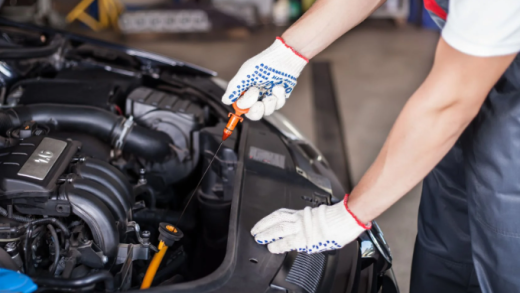Engines are the heart and soul of any machinery, be it a car, a generator, or an industrial equipment. Ensuring the reliability and efficiency of an engine is crucial for its longevity and optimal performance. In this blog post, we will delve into the depths of engine evaluation and provide you with a comprehensive guide on how to make sure an engine is good. From initial inspection to advanced diagnostics, we will equip you with the knowledge to assess and maintain engines across various industries.
1. Visual Inspection:
Before delving into complex diagnostics, a visual inspection can reveal valuable insights about an engine’s condition. Pay attention to the following aspects:
– External Appearance: Look for signs of leaks, corrosion, or physical damage on the engine’s exterior. Any abnormalities should be thoroughly investigated.
– Fluid Levels: Check the oil, coolant, and fuel levels to ensure they are within the recommended range. Low levels may indicate a potential issue.
– Belts and Hoses: Inspect the condition of belts and hoses for signs of wear, cracks, or fraying. Replace any damaged components promptly.
2. Performance Testing:
To assess an engine’s performance, various tests can be conducted:
– Compression Test: This test measures the engine’s ability to generate and maintain compression. Low compression levels may indicate worn-out piston rings or valves.
– Leak-down Test: By pressurizing the cylinders and measuring the rate of pressure loss, this test identifies internal leaks, such as faulty valves or piston rings.
– Exhaust Gas Analysis: Analyzing the exhaust gases can provide insights into the engine’s combustion efficiency, detecting issues like fuel mixture imbalances or catalytic converter problems.
3. Diagnostic Tools:
Utilizing advanced diagnostic tools can enhance the accuracy of engine evaluation:
– OBD-II Scanner: This tool connects to the engine’s onboard computer system, providing real-time data on performance parameters, error codes, and sensor readings.
– Infrared Thermography: By detecting temperature variations, infrared cameras can identify overheating components, faulty cooling systems, or blocked exhausts.
– Vibration Analysis: Vibration sensors can pinpoint irregularities in engine components, such as misaligned parts or worn-out bearings, allowing for timely maintenance.
4. Regular Maintenance:
To ensure an engine remains in optimal condition, regular maintenance is essential:
– Follow Manufacturer Guidelines: Adhere to the recommended maintenance schedule provided by the engine manufacturer, including oil changes, filter replacements, and tune-ups.
– Quality Fuel and Lubricants: Use high-quality fuel and lubricants that meet the engine’s specifications. Contaminated or substandard fluids can lead to premature wear and reduced performance.
– Air Filtration: Clean or replace air filters regularly to prevent dust and debris from entering the engine, which can cause damage and reduce efficiency.
Conclusion:
By following these comprehensive steps, you can effectively evaluate and maintain the performance of an engine across various industries. Remember, early detection of issues and proactive maintenance are key to ensuring the longevity and reliability of any engine. Stay vigilant, employ advanced diagnostic tools, and prioritize regular maintenance to keep your engines running smoothly and efficiently.


